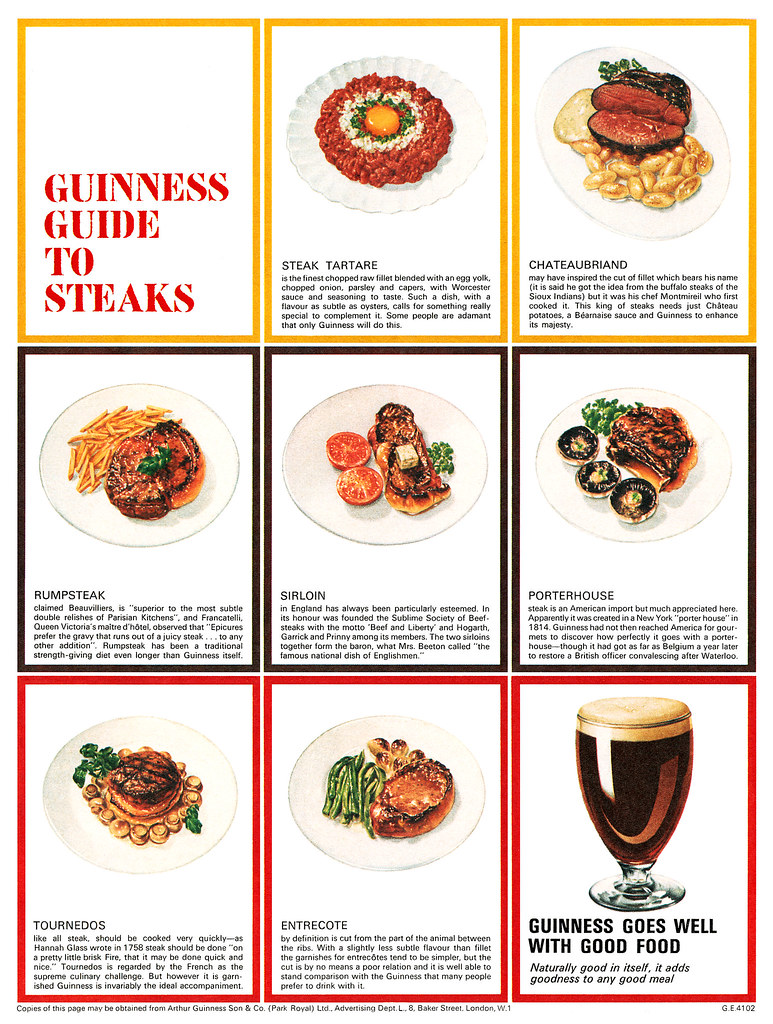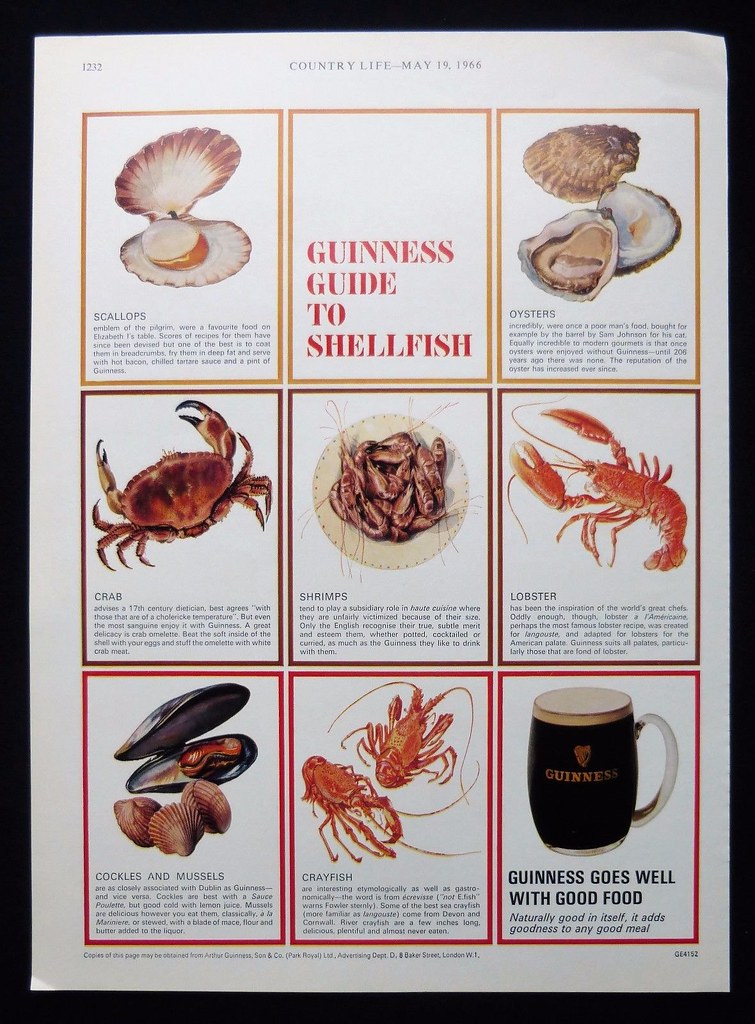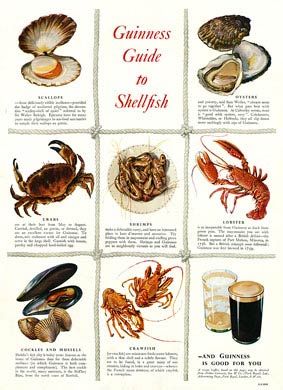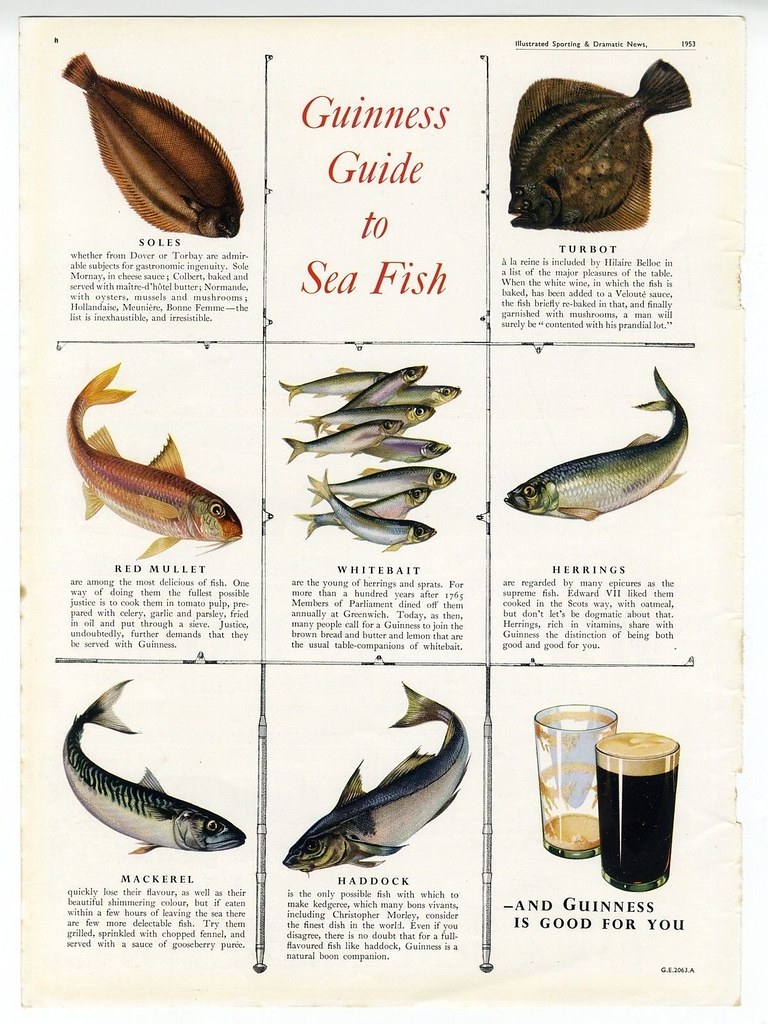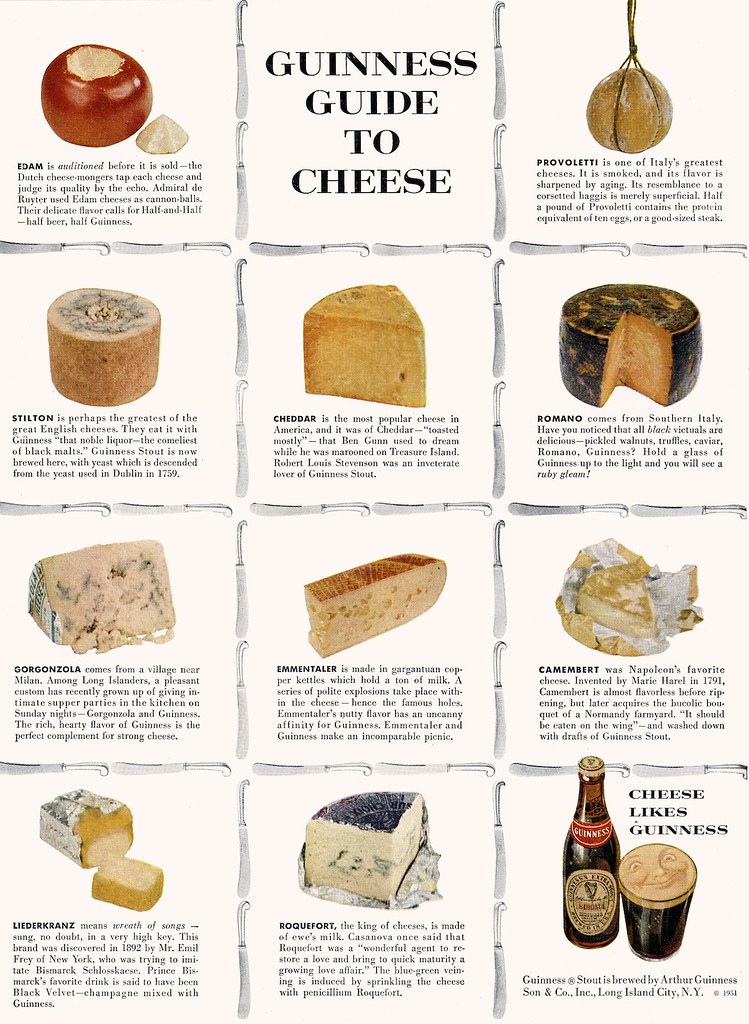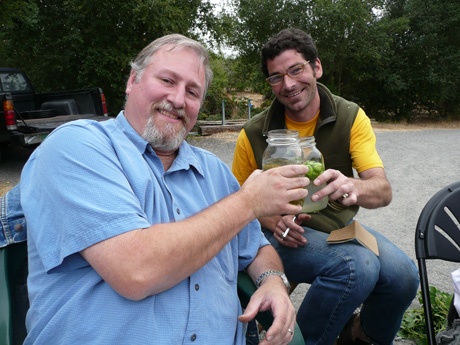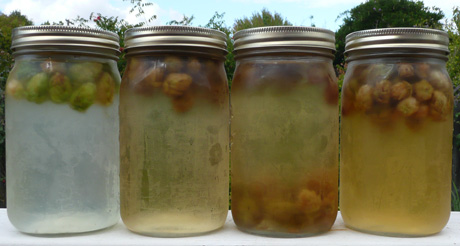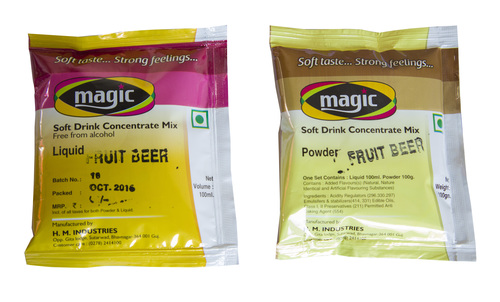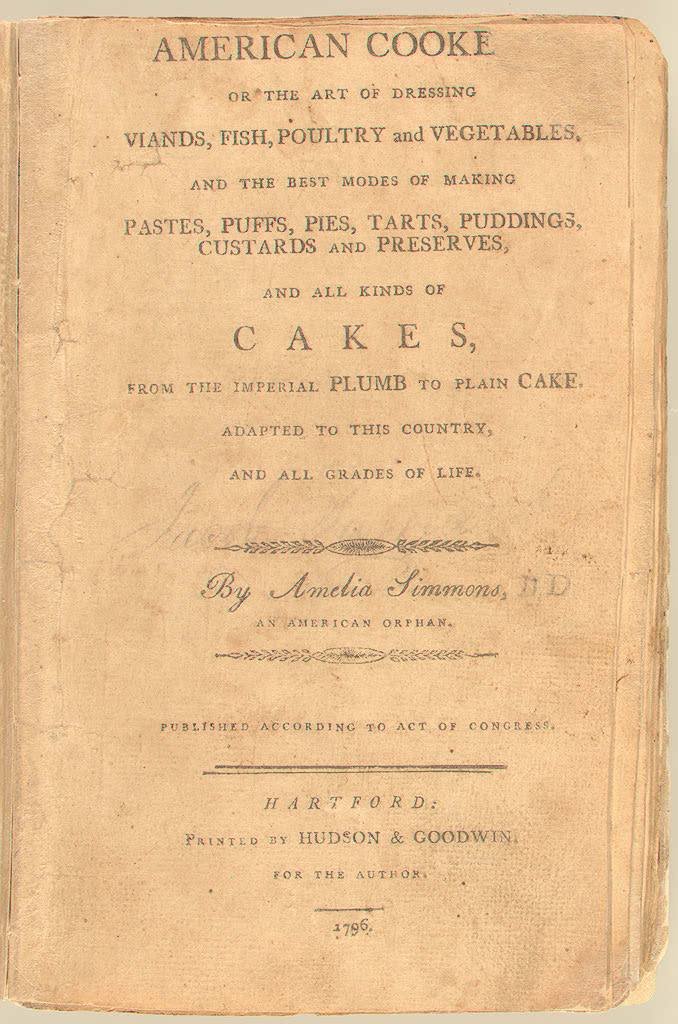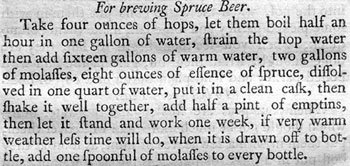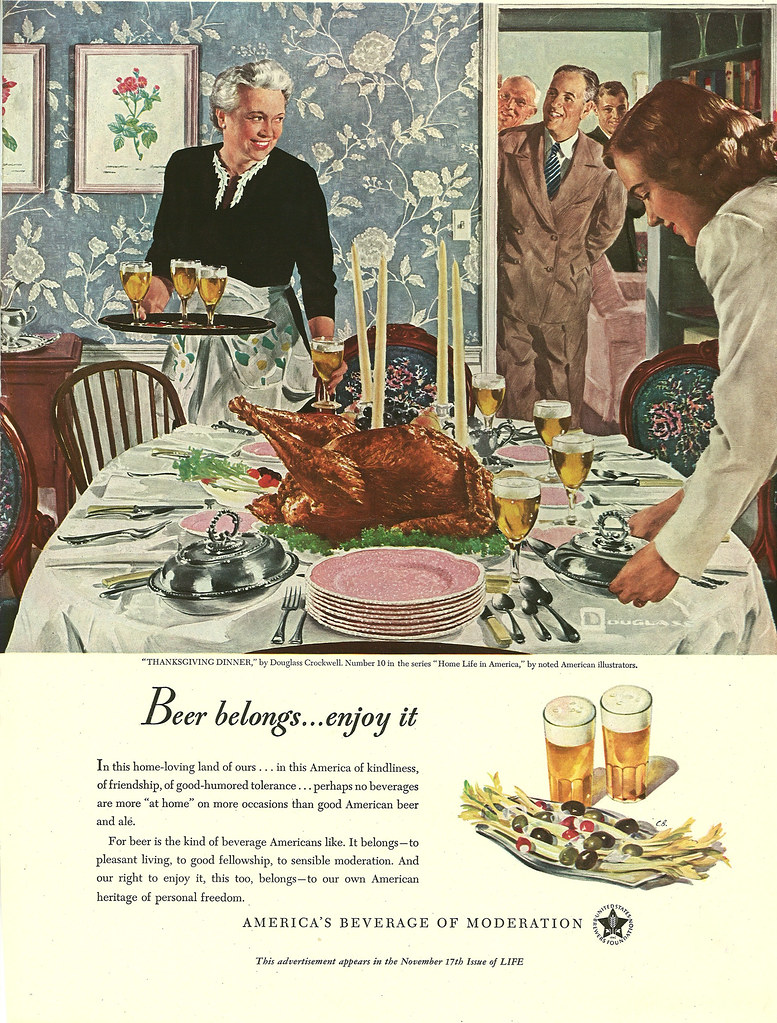
Monday’s ad is for Guinness, from 1956. While the best known Guinness ads were undoubtedly the ones created by John Gilroy, Guinness had other creative ads throughout the same period and afterward, too, which are often overlooked. In this ad, the “Guinness Guide to Steaks,” seven different cuts of meat are illustrated, each with a short description of how they’re prepared, and what other foods to pair with them, and how best to prepare them, not to mention how good a glass of Guinness will pair with each steak.
